当前位置:网站首页>Codeforces Round #648 (Div. 2) E.Maximum Subsequence Value
Codeforces Round #648 (Div. 2) E.Maximum Subsequence Value
2022-07-05 08:52:00 【Qizi K】
E.Maximum Subsequence Value
The question : to n Number , I want you to choose k Number , First turn them into 2 Base number , For binary number i position , If you choose k A few miles There are at least max(1,k−2) A digital Of binary i Is it 1, The answer is +2 Of i Power . Try to make ans Big .
tips:k>3 Certainly not better than k<=3 better .
Simple proof : If k<3, be max(1,k−2) == 1. here , The answer of the three numbers chosen is the answer of these three numbers “|” The value of the operation .( As long as this one has at least one 1, Then the answer can be increased ).
Choose these three numbers , If you choose another number (k==4), Then this number will not contribute to the original answer , Instead, it may reduce the answer .
【
If one of the original answers is 1:
A. This one of the original three numbers has >1 individual 1, Add the new number , This one remains the same ;
B. This one of the original three numbers has 1 individual 1, This new number is 1, This one remains the same ; otherwise , This one becomes 0 了 .
If one of the original answers is 0:
It means that the original three numbers are all 0, Add the new number , Even if the new number is 1, There is only a 1 individual 1, Less than max(1,k-2)==2, No contribution to the answer .
】
n<500, direct n3 Circulation is enough .
#include<bits/stdc++.h>
#define ll long long
using namespace std;
int n;
ll book[505], ans;
int main(){
scanf("%d",&n);
for(int i = 1; i <= n; ++i) scanf("%lld",&book[i]);
for(int i = 1; i <= n; ++i)
for(int j = i; j <= n; ++j)
for(int k = j; k <= n; ++k)
ans = max(ans, book[i] | book[j] | book[k]);
printf("%lld\n",ans);
return 0;
}
边栏推荐
- 猜谜语啦(2)
- Wheel 1:qcustomplot initialization template
- kubeadm系列-01-preflight究竟有多少check
- GEO数据库中搜索数据
- Mathematical modeling: factor analysis
- Explore the authentication mechanism of StarUML
- Basic number theory - fast power
- Solutions of ordinary differential equations (2) examples
- C [essential skills] use of configurationmanager class (use of file app.config)
- 猜谜语啦(3)
猜你喜欢
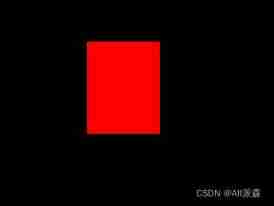
Halcon shape_ trans

资源变现小程序添加折扣充值和折扣影票插件

微信H5公众号获取openid爬坑记

猜谜语啦(142)

Halcon Chinese character recognition

Guess riddles (142)
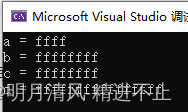
Classification of plastic surgery: short in long long long
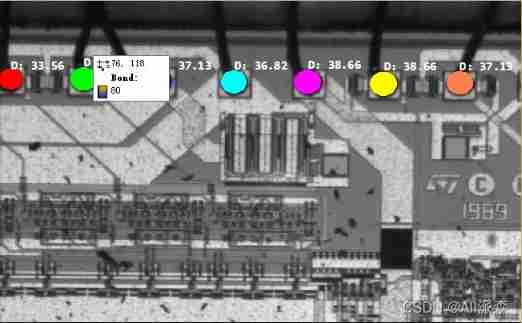
Halcon blob analysis (ball.hdev)
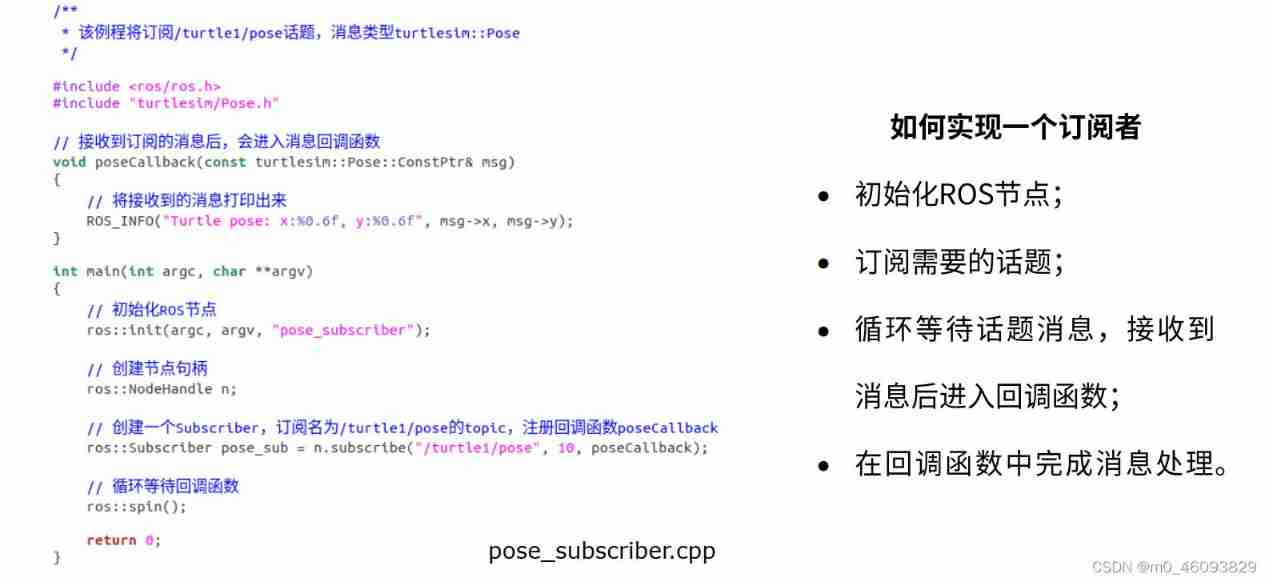
Programming implementation of subscriber node of ROS learning 3 subscriber
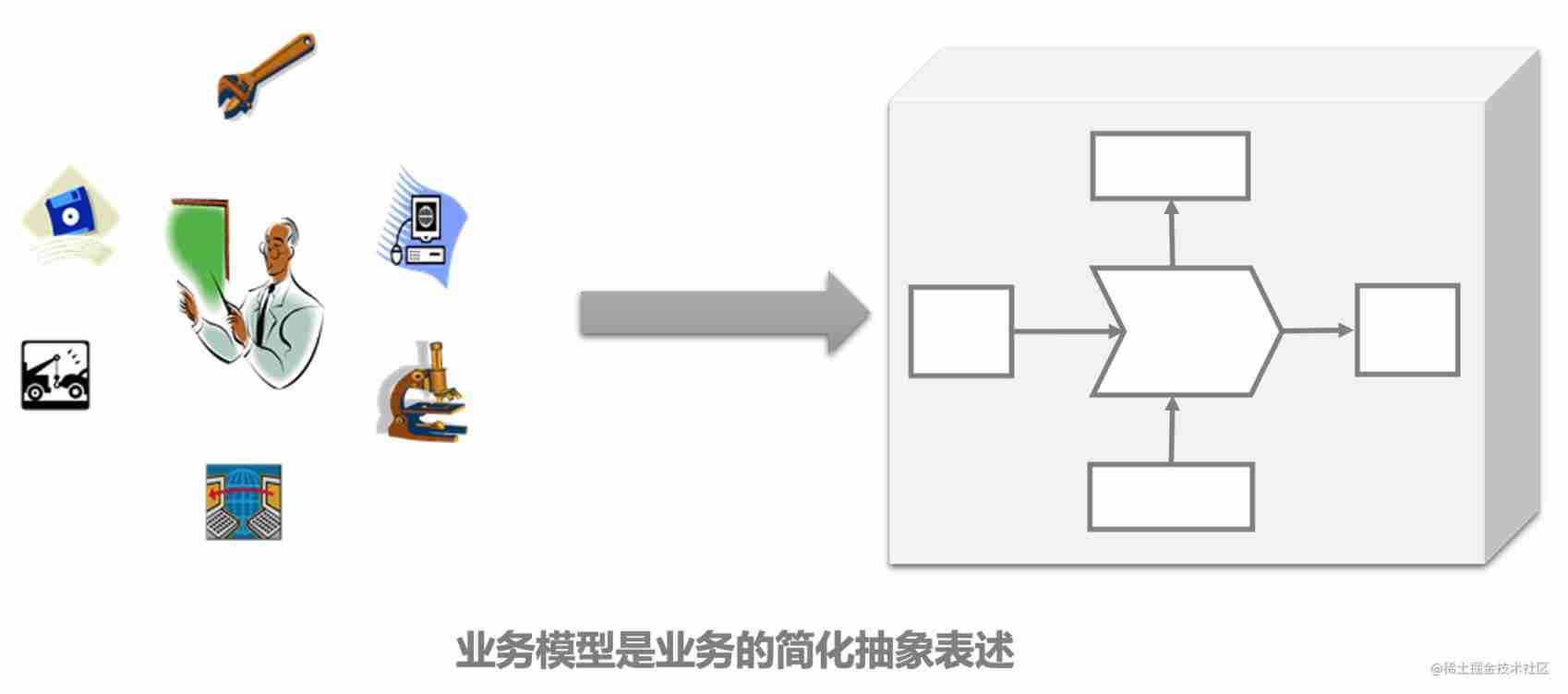
Business modeling of software model | overview
随机推荐
Oracle advanced (III) detailed explanation of data dictionary
golang 基础 ——map、数组、切片 存放不同类型的数据
AUTOSAR从入门到精通100讲(103)-dbc文件的格式以及创建详解
Halcon: check of blob analysis_ Blister capsule detection
Guess riddles (7)
Redis实现高性能的全文搜索引擎---RediSearch
Run菜单解析
皮尔森相关系数
猜谜语啦(4)
Configuration and startup of kubedm series-02-kubelet
ECMAScript6介绍及环境搭建
Programming implementation of subscriber node of ROS learning 3 subscriber
Hello everyone, welcome to my CSDN blog!
ORACLE进阶(三)数据字典详解
asp.net(c#)的货币格式化
Business modeling of software model | object modeling
Guess riddles (2)
[牛客网刷题 Day4] JZ55 二叉树的深度
Dynamic dimensions required for input: input, but no shapes were provided. Automatically overriding
IT冷知识(更新ing~)